takahashi

[Family Crests] three ork leaves Classic Round Sticker
This family crest depicts three broad oak leaves spread out in three directions. Oak leaves were revered as sacred since ancient times, having been used as vess
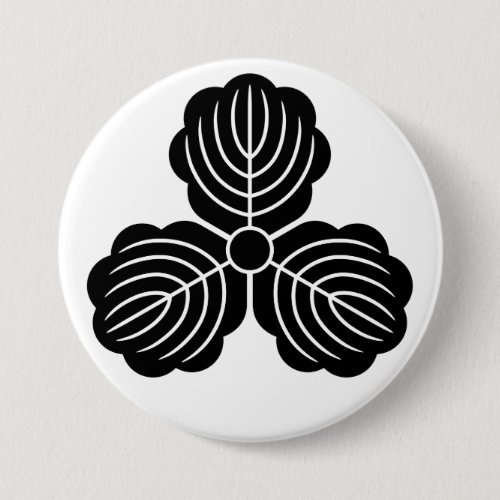
[Family Crests] three ork leaves Button
This family crest depicts three broad oak leaves spread out in three directions. Oak leaves were revered as sacred since ancient times, having been used as vess
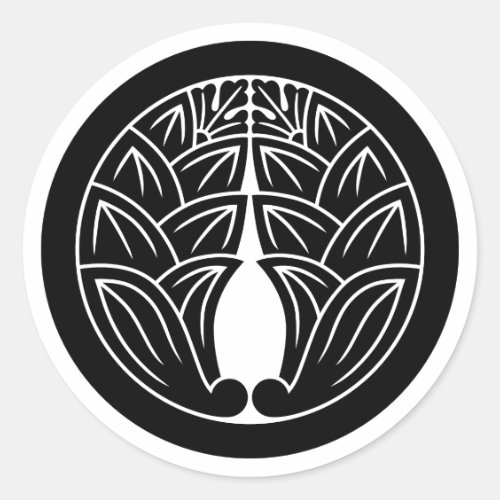
[Family Crests] 2 symmetrical Jpn gingers w/round Classic Round Sticker
A family crest featuring a circle drawn around two symmetrical Japanese Gingers.
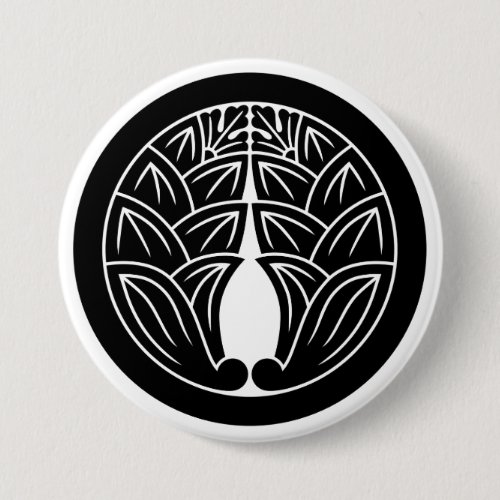
[Family Crests] 2 symmetrical Jpn gingers w/round Button
A family crest featuring a circle drawn around two symmetrical Japanese Gingers.

[Family Crests] 2 symmetrical holly leaves w/round Classic Round Sticker
A family crest featuring a circle drawn around two symmetrical holly leaves. Holly leaves are considered sacred trees that ward off demons, as seen in Setsubun

[Family Crests] 2 symmetrical holly leaves w/round Button
A family crest featuring a circle drawn around two symmetrical holly leaves. Holly leaves are considered sacred trees that ward off demons, as seen in Setsubun

[Family Crests] Crossed hawk feathers with circle Classic Round Sticker
A family crest depicting hawk feathers overlapping diagonally within a circle, with the left side facing upward.

[Family Crests] Crossed hawk feathers with circle Button
A family crest depicting hawk feathers overlapping diagonally within a circle, with the left side facing upward.

[Family Crests] Threeleaf arrowhead with circle Classic Round Sticker
This family crest features a circle drawn around a Threeleaf arrowhead (Omodaka) crest. The Threeleaf arrowhead (Omodaka) crest depicts a single Threeleaf arro

[Family Crests] Threeleaf arrowhead with round Button
This family crest features a circle drawn around a Threeleaf arrowhead (Omodaka) crest. The Threeleaf arrowhead (Omodaka) crest depicts a single Threeleaf arro

[Family Crests] Threeleaf arrowhead Classic Round Sticker
The most basic design of the Threeleaf arrowhead (Omodaka) crest. It depicts a single Threeleaf arrowhead (Omodaka) leaf bearing five flowers on both sides, arr

[Family Crests] Left-rotating Mitsu-domoe Classic Round Sticker
This ancient pattern, also found in Jōmon period sites, is generally believed to represent thunder. The term “mitsudomoe” specifically refers to this left-rotat

[Family Crests] Left-rotating Mitsu-domoe Button
This ancient pattern, also found in Jōmon period sites, is generally believed to represent thunder. The term “mitsudomoe” specifically refers to this left-rotat

[Family Crests] Rising wisteria with circle Classic Round Sticker
it's said MaruniAgarifuji, in Japanese as Family crests. Flowers symbol and graphics at old age.

[Family Crests] Rising wisteria with circle Button
it's said MaruniAgarifuji, in Japanese as Family crests. Flowers symbol and graphics at old age.
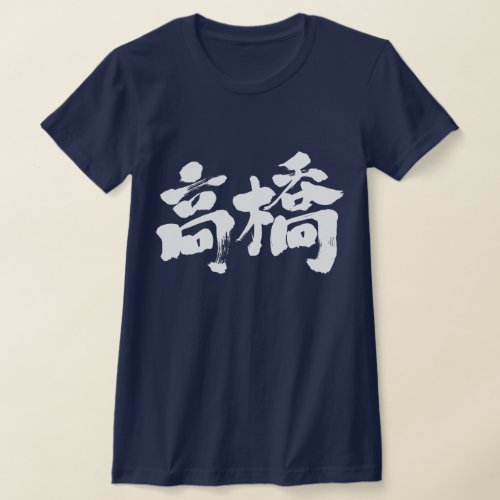
[Kanji] Hello! Takahashi. T-Shirt
Your (her/his) name became a Chinese character [Kanji]. This used as a phonetic symbol rather than for its meaning.
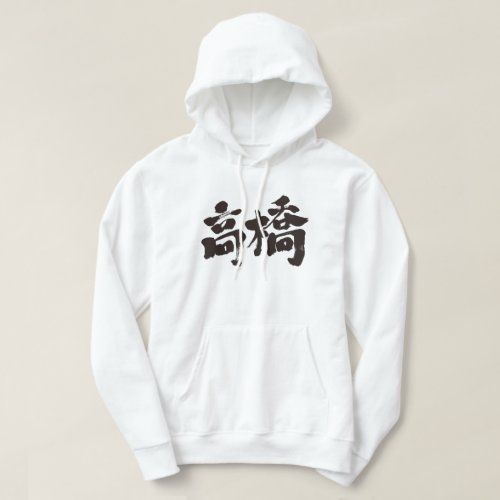
[Kanji] Hello! Takahashi. Hoodie
Your (her/his) name became a Chinese character [Kanji]. This used as a phonetic symbol rather than for its meaning.